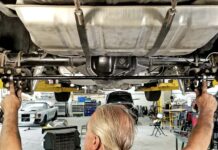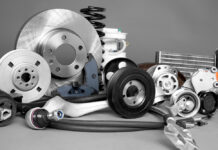
Deciding to purchase a new set of wheels is a very stressful time for most people simply because there is usually a lot at stake. Many things can go wrong if you do not pay enough attention to everything and you may end up buying a car that is in very poor condition. To prevent this, buyers need to know what they are buying and what they are doing. Lucky for them, it is rather straightforward when it comes to the right approach and the steps the buyer needs to make sure happen.
A car may have a lot of underlying problems you cannot inspect on the spot. Even the mechanic friend you bring along for the inspection may not be able to check everything right then and there. You may enjoy the test drive you take and everything could sound fine and well.
But what about the history of the car and the technical issues that were present in the past? Well, they should all be present in the vehicle history report. The vehicle history report is a crucial piece of document that every car needs to have. Actually, it is a document that every car owner needs to have and safely keep.
A habit of filling out the report card and updating over the years not only gives you a better insight into the health and repair history of your car, but also makes you a more honest seller once you decide to sell the car. It is also important to know how many owners care before you.
If you are wondering what this report actually tells you, you came to the right place. We will talk about it more in this article so keep on reading to get informed. What is more, for more info about it as well as if you need an official REV check of a car, make sure to visit this website.
1. Accident Involvement
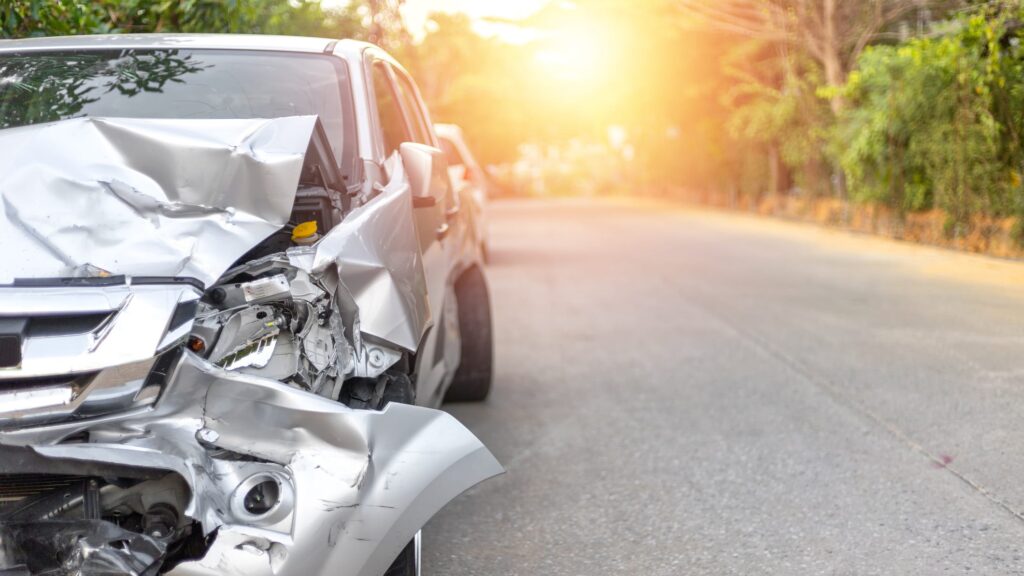
The most important thing that the vehicle history report can tell you is the number of accidents the car has been involved in. Of course, not every car has been in an accident, but if this particular one was involved and everything was legally documented as it should, you will know about it.
Gathering data from motor vehicle departments, insurance companies, and police reports is how accidents are documented. Every detail of the accident is noted, from who was to blame, to the damages and airbag deployment.
Realizing that the car has been involved in numerous accidents, or one big accident that left it totaled, means that barely anything on it is original. There have been parts changed, things bent and broken, and many other causes for repairs.
All of this means the car may be in a much worse condition under the hood that it appears at the first glance. Because of this, you should also ask the owner for the repair documentation so that you can compare the two and make a more educated decision.
You have to be a bit lucky with the history reports and their accident history because not every accident is as detailed as the potential buyer wants it to be. Some are quite poorly written, either incomplete or without much info at all. Just to make sure everything is as it seems, a thorough check by a professional is always in order before you make the final decision and shake hands with the seller. Take the car to a trusty mechanic who usually helps you out.
2. Damages and Spare Parts

Accidents are not the only type of damage a car can experience. Actually, more issues happen without vehicles being involved in traffic-related problems like collisions. Weather conditions, fire, and physical damage can also be problematic and can tell you a lot about how well the car was previously maintained, cleaned, and stored. Weather condition damage like scratches and bends from hail and wind area easily repairable, but you need to know that they happened.
Fire and water-related problems like floods and heavy snow or rain are more serious because they can cause serious long-term issues. Hidden damage is what you are looking to avoid when buying a vehicle, and these two elements are great at causing it and masking it. Sadly, there are many sellers who are selling their fire or water damaged cars very far away from the place the issue originally occurred. They hope to hide their origin and keep the price higher even though there was considerable amount of damage.
3. Stolen or Not
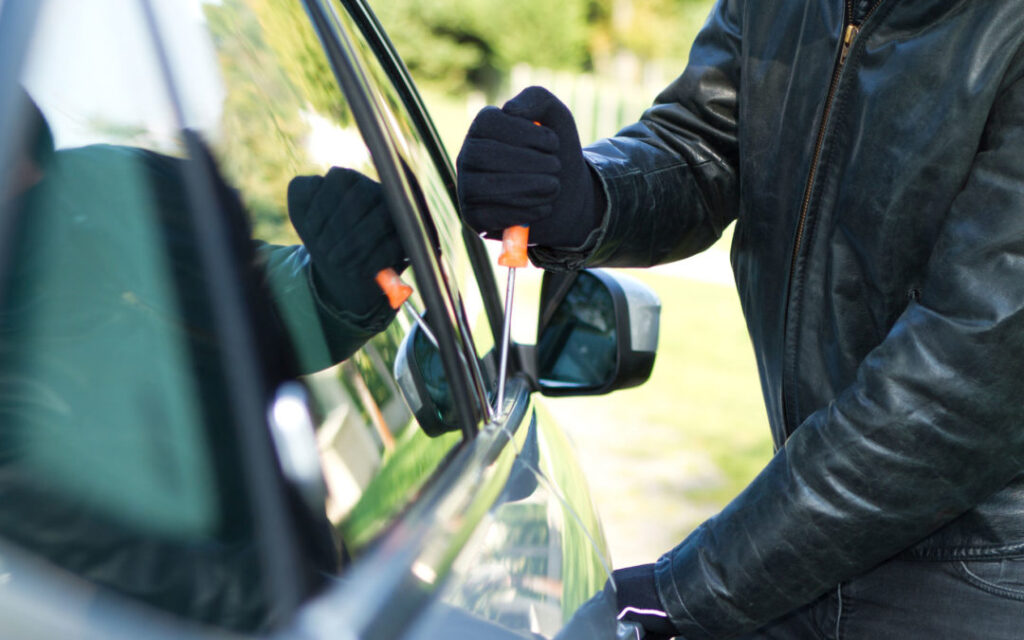
If you get a history report from the crime bureau or another law enforcement institution in your country or city, you can find out if the car that is about to be in your possession was ever stolen. The rule is simple here, you never buy a stolen car because it comes with a great deal of problems. If it were to be found out, you could get accused of stealing it because you have it at that moment. The purchase would have lacked the proper amount and type of documentation so you will not be able to prove anything.
If the history report says that the car was stolen but recovered to the owner, you need to pay attention to the amount of time that had passed before the vehicle was returned to the original owner. A lot can happen in a short amount of time and you can never know what the car was used for. For months or years, it means the vehicle was probably abandoned and sat without maintenance and washing who knows where.
4. Title History
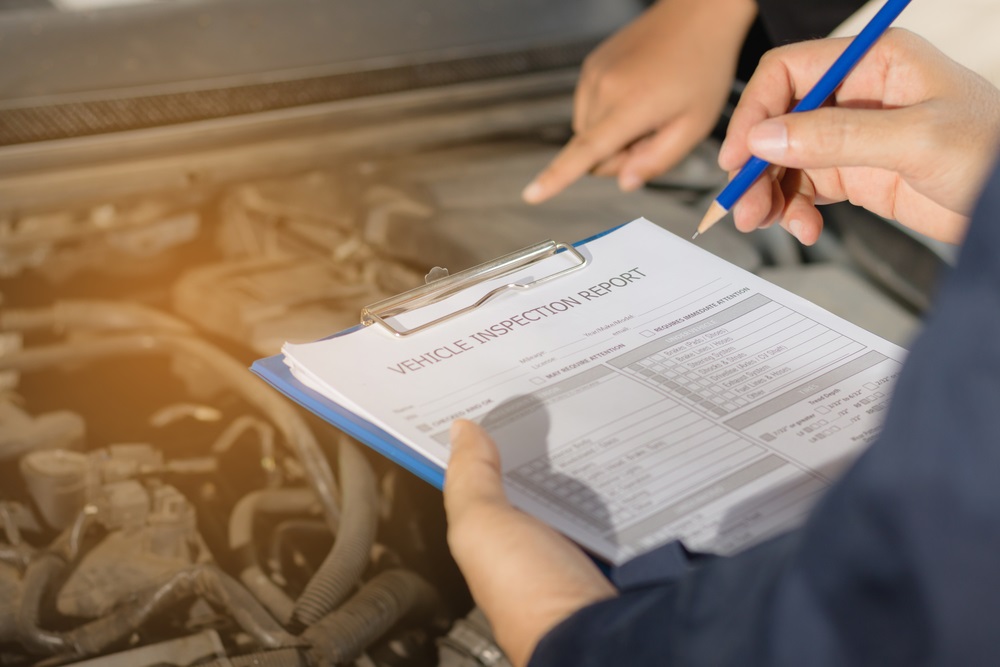
Last but certainly not the least, you need to make sure that the title information is there and that it is complete. Title history tells you if the previous owner(s) attempted to clean the papers of anything negative the car may have been true. Obviously you do not want this.
It can also tell you a number of other things, for example that the car was salvaged and rebuilt after the insurance company thought it was beyond saving. Somebody bought the totaled car and made it road legal again, and you should definitely know this since you will be driving it daily. It is best to steer as clear as possible from cars with salvaged titles, as well as those with a lot of titles across multiple states.

